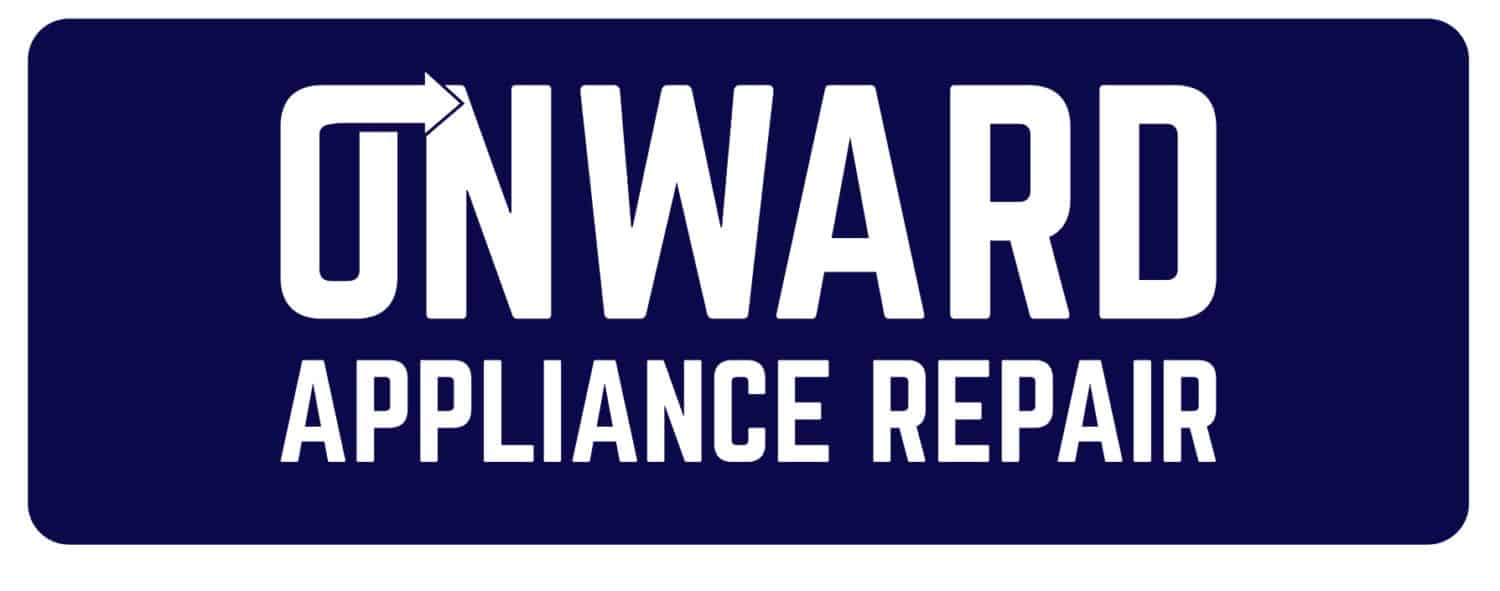Why Won’t My Dishwasher Turn On?
Discovering your dishwasher has stopped working is never going to be the highlight your day, particularly if you are also faced with the expense of calling out a professional plus staying home to let them in just to diagnose the problem.
Fortunately it’s possible to diagnose and often sort out plenty of machine faults by yourself without having to call for dishwasher repair, particularly if you own a multimeter.
You may find you are able to sort out the fault quite easily yourself, particularly if you are quite handy, and if you can’t at worst you will be better placed to describe the issue when you eventually do call a repair man.
Things To Do If Your Dishwasher Won’t Start
In advance of considering a new machine there are a few possible problems you should be able to troubleshoot fairly easily.
Safety Warning: Never attempt repairs while your dishwasher is plugged in.
Common Dishwasher Problems That Will Stop Your Machine From Turning On
In advance of going through the following list of possible problems ensure that it hasn’t been accidentally switched off, as well as that none of the switches on the circuit breaker have tripped.
At this point you can also check that the child lock hasn’t been activated as well as try resetting your machine.
You will most likely need the manual for this as machines vary but the child lock tends to be fairly simple to activate inadvertently. Likewise, if the dishwasher has lights however will not run, the solution might be as simple as resetting the cycle.
Once you have ruled out these faults it’s time for the real investigations to begin.
-
- Investigate the door latch or door latch switch.
- Examine the timer.
- Test the selector switch.
- Check the motor relay.
- Examine the thermal fuse.
- Examine the drive motor.
To examine these parts you will have to have a multimeter, or VOM (volt-ohm-milliammeter) to test the resistance plus test the electrical components are working as they are meant to.
Checking the Door Latch and Door Latch Switch
The initial thing to test is the door latches and door latch switches. Your machine is designed not to run if the door latches are not working for understandable reasons. You wouldn’t want run the dishwasher without meaning to with the door open.
A faulty switch will prevent your machine from turning on as well as running. You may wish to check the switch using a multimeter. The switch will usually be situated under the front door panel or control panel.
Double check the dishwasher is disconnected before accessing the door panel as well as testing for continuity to ensure you do not get an electric shock.
If the latches or switches are faulty you will need to replace them.
Testing the Timer
If the latch mechanism is working as it should the next thing to test is the timer or electronic control.
This is the component that sends power to all the other components the machine requires to operate including the pumps, plus the valves.
If your dishwasher has an electronic control as opposed to a mechanical timer then it could need to be tested while live, in which case you should call a repair man.
Checking the Selector Switch
The selector switch is the component that chooses the program , it’s style and location will vary contingent on the make or model of your machine. A not working selector switch or one that has got stuck might cause the dishwasher not to start.
You can usually visually check to see if the buttons are depressing fully, or you may need to disconnect the machine and access the control panel to test the connections for continuity with the help of a multimeter.
Testing the Motor Relay
The motor relay is another part that can result in your dishwasher not running, so this may be the fault if you have tested the control panel and so know that there is power going to the motor.
To test this you need to locate the motor plus locate the relay that will usually be located next to the motor. This can then be taken out and tested using a multimeter and you may have to replace it.
Examining the Thermal Fuse
When you have investigated the above issues and are still looking for the fault the next part to test would be the thermal fuse. Note: Not all machines have a thermal fuse.
If you locate the fuse and discover it is blown it will need to be replaced in order for the control board to get power.
Checking the Drive Motor
The final part of the dishwasher you should be able to check that could stop your dishwasher from operating is the drive motor. This is the component that moves the water around to wash your dishes.
When you have checked the other components but still haven’t discovered the issue this might be the issue particularly if you noticed a loud humming coming from the machine.
You can usually access the motor by taking off the panel at the bottom of the machine. Check it using a multimeter then replace if faulty.
When to Contact a Professional
Not everyone has a multimeter, or would know how to use one even if they do, in which case you will be better off calling a repair person.
If you do have a multimeter and can perform the above tests then you could well be able to resolve the problem without assistance. Yet if you are unsure it might be easier to contact an engineer.
Don’t forget to have a look at your insurance and your home cover as appliance repairs could be included and so the expense could not be as high as you think.
More Dishwasher Problems:
- Dishwasher Being Loud
- Dishwasher Leaking
- Dishwasher Not Draining
- Dishwasher Not Drying
Copyright ©2024 Onward Appliance Repair
